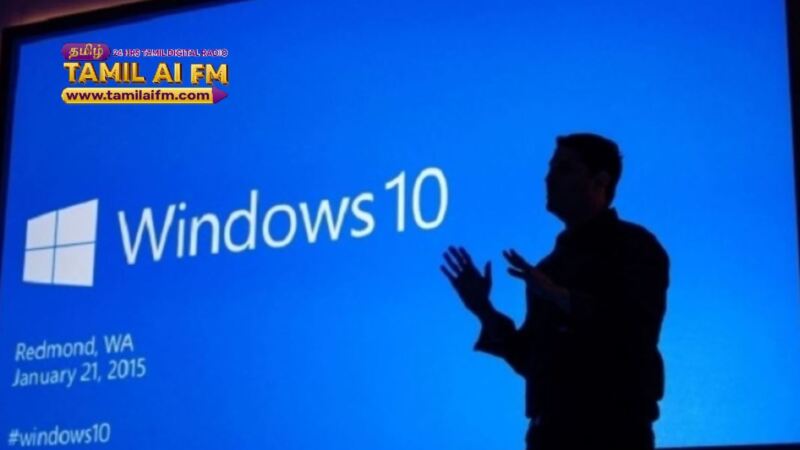PARIS — Microsoft’s plan to halt updates for its Windows 10 operating system in mid-October has raised hackles among campaign groups and left some users worried they must buy new computers to be safe from cyberattacks.
Here is what you need to know about the planned end of support for the software.
What happens on October 14?
Computers running Microsoft’s 2015-vintage Windows 10 will receive no further updates from the American tech giant from October 14.
Such downloads were used to “regularly patch (update) the operating system because it had become the target of many cyberattacks”, said Martin Kraemer, a computer security expert with American firm KnowBe4.
What does this mean for users?
Microsoft has urged its customers to upgrade to the latest version of its operating system: Windows 11, released in 2021.
But the company is also offering a US$30 (RM125) one-year extension of Windows 10 security updates for users whose computer hardware is not compatible with the new operating system.
Consumer groups have blasted the move.
“The lack of backwards compatibility for certain Windows 10 machines sold only a couple of years ago is a blow to consumers’ pocketbooks” as they face being forced to upgrade, US campaign organisation Consumer Reports said in a blog post last week.
In Europe, French groups such as End Planned Obsolescence (HOP) have started a petition demanding free updates extending to 2030.
And Germany’s Verbraucherzentrale federation of consumer groups said in May that the move “worries consumers and leaves them unable to make free purchase decisions”.
“Such a large volume of new (computer) purchases are also bad for the environment,” including by creating large amounts of hard-to-recycle electronic waste, they added.


